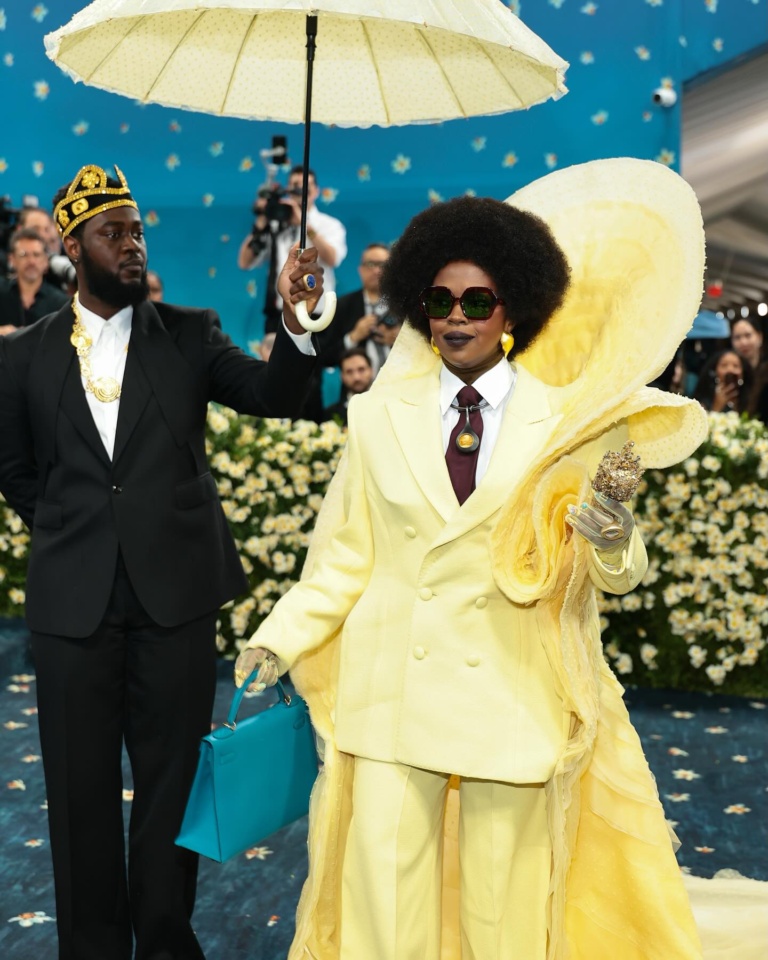
The United States Soccer Federation (USSF), commonly referred to as U.S. Soccer, is a 501(c)(3) nonprofit organization and the official governing body of the sport of soccer in the United States. With headquarters in Chicago, Illinois, the FIFA member governs U.S. amateur and professional soccer, including the men’s, women’s, youth, beach soccer, futsal, and Paralympic national teams. U.S. Soccer sanctions referees and soccer tournaments for most soccer leagues in the United States. The U.S. Soccer Federation also administers and operates the Lamar Hunt U.S. Open Cup, which was first held in 1914.
CHANNEL A TV is honored for media accreditation for Soccer coverage for a few years now.

The United States national team was first assembled in 1885 to play Canada in the first international match held outside the United Kingdom.
The men’s national team was invited to the inaugural World Cup in 1930 and qualified for the World Cup in 1934, finishing third place in 1930 out of 13 teams participating. In 1950 the United States scored one of its most surprising victories with a 1–0 win over heavily favored England, who were amongst the world’s best sides at the time.
The United States failed to reach another World Cup until an upstart team qualified for the 1990 World Cup with the “goal heard around the world” scored by Paul Caligiuri against Trinidad and Tobago, which started the modern era of soccer in the United States. The 1990 men’s national team was quickly disposed of at the World Cup, but nonetheless had qualified for its first World Cup in 40 years.
The United States hosted the 1994 World Cup, setting total and average attendance records that still stand, including drawing 94,194 fans to the final. The United States made a surprising run to the second round with a shocking victory over Colombia which saw Andrés Escobar, the player responsible for the United States’ first goal (an own goal), later shot to death in his homeland.
1998 saw another disappointing addition to the history of the men’s national team as it finished last out of the 32 teams that qualified for the World Cup. This embarrassment, which included a total collapse of team chemistry and leadership, led to the firing of manager Steve Sampson.
The U.S. team hired Bruce Arena, who had won the first two MLS Cups in Major League Soccer history, and who went on to become the most successful United States men’s national team manager in history. In 2002 Bruce Arena led a mix of veterans and MLS-seasoned youth to a quarterfinal appearance, dispatching contenders Portugal in group play and archrivals Mexico in the Round of 16, before losing a closely fought game with eventual runners-up Germany in the quarterfinal.
The team looked to match or surpass that feat in 2006; the U.S. was drawn into a group with Italy, the Czech Republic and Ghana. The United States lost to the Czech Republic 3–0 in their opening game, drew Italy, 1–1, in their second game (a match that saw two U.S. players and an Italian player red carded), and lost to Ghana, 2–1. The United States did not advance out of the group, but were the only team to face eventual winner Italy without losing. In the wake of the team’s disappointing performance, Arena’s contract was not renewed.
Bob Bradley, Chivas USA manager and Arena’s assistant manager with the men’s national team, eventually succeeded Arena in 2007. The U.S. qualified for the 2010 World Cup in South Africa,[10] winning the CONCACAF qualifying tournament. At the World Cup, the Americans tied England 1–1, tied Slovenia, 2–2. and then won their group by defeating Algeria 1–0 on a stoppage time goal by Landon Donovan. In the Round of 16, the United States played Ghana, and fell 2–1 in extra time.
Entering the 2014 World Cup in Brazil, the U.S team won all three friendly “send-off” matches leading up to the competition: 2–0, over Azerbaijan, 2–1, over Turkey, and 2–1 over fellow World Cup participant and defending African champions Nigeria. They were led at the time by Jürgen Klinsmann, who helped lead West Germany to victory in the 1990 World Cup and was the first player to score at least three goals in three consecutive World Cups.
During the 2014 World Cup, the U.S. won their first match against Ghana, 2–1. Clint Dempsey scored in the first minute of the match giving the U.S. the early lead. Ghana did not respond until the 82nd minute scoring the equalizer goal. The U.S. then reclaimed the lead, thanks to John Brooks scoring the game-winning goal off his head just four minutes later in the 86th minute to regain the lead and take the match. The U.S. gained three points for their win and was off to a great start in the “Group of Death” claimed by critics for the teams the U.S. would have to go through (Germany, Ghana, and Portugal).
The second match of the World Cup for the U.S. was a different story. Portugal claimed the early lead, with Nani scoring in the 5th minute to take the early 1–0 lead. It wasn’t till the 64th minute till the U.S. scored the equalizing goal, thanks to Jermaine Jones, tying the match at 1 apiece. The U.S. then claimed the lead on a goal by Clint Dempsey again, scoring in the 81st minute to take a 2–1 lead. However, in the final minute of extra time, the world player of the year, Cristiano Ronaldo drilled a perfect cross to teammate Silvestre Varela who headed in the tying goal, making the final score 2–2. The tie gave each team a point in the overall standings, bringing the U.S. to 4 points total, and gave Portugal their first point of the World Cup having lost their opening match to Germany, 4–0. The U.S. claimed a spot in the knockout round in spite of a 1–0 loss to eventual champion Germany in their final group game due to them winning the tiebreaker with Portugal. However, they bowed out the tournament in the round of 16 in a 2–1 loss to Belgium. Goalkeeper Tim Howard helped the U.S. keep a 0–0 tie at full time. In extra time, there were two Belgian goals. The U.S. struck back with a goal by 19-year-old phenom Julian Green but could not manage another goal. Klinsman was let go as US MNT Director of Coaching and has been replaced by Bruce Arena in November 2016.
U.S. women’s national team
The women’s national team has won three Women’s World Cups in 1991, 1999 and 2015 (placing second in 2011 and third in 1995, 2003, and 2007); the Olympic Gold Medal in 1996, 2004, 2008, and 2012; and seven Algarve Cups and six CONCACAF Women’s Gold Cups.
The FIFA Women’s World Cup was inaugurated in 1991, and the women’s national team became the first team to win the prize after beating Norway in the final. That tournament helped demonstrate the high caliber of play in women’s soccer. In 1999, the United States hosted the FIFA Women’s World Cup for the first time. During their tournament run, the women’s national team established a new level of popularity for the women’s game, culminating in a final against China that drew 90,185 fans, an all-time attendance record for a women’s sports event, to a sold-out Rose Bowl. After neither team scored in regulation or extra time, the final went to a penalty shootout, which the United States won 5–4. The celebration by Brandi Chastain after she converted the winning penalty, in which she took off her shirt, revealing her sports bra in the process, is one of the more famous images in U.S. women’s sports.
(Facts Reference: us-soccer.com/Wikipedia)




